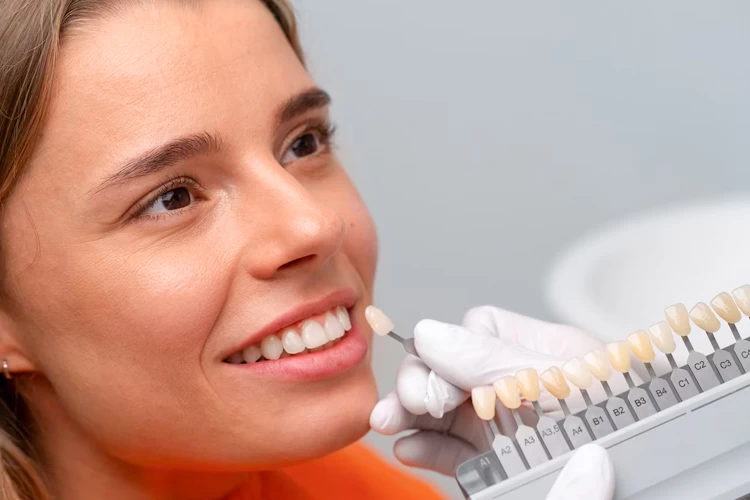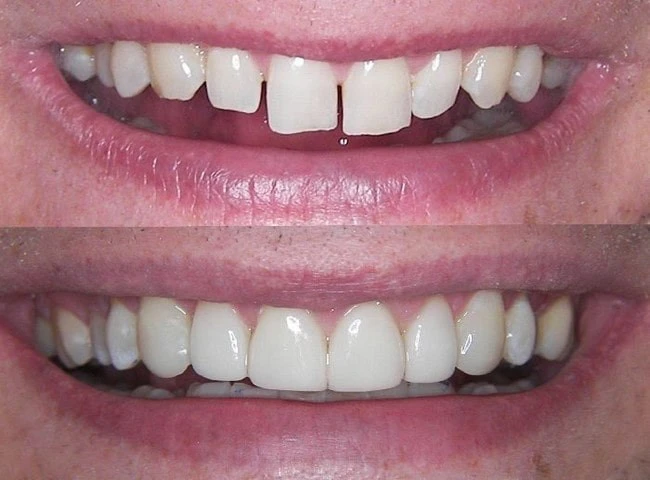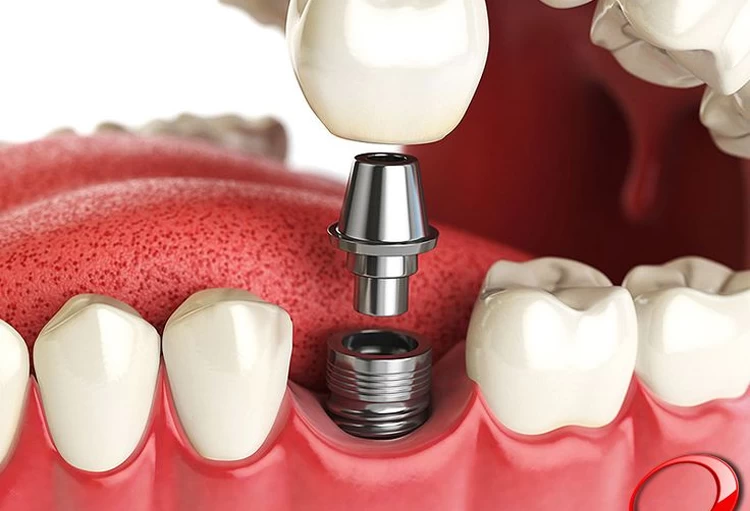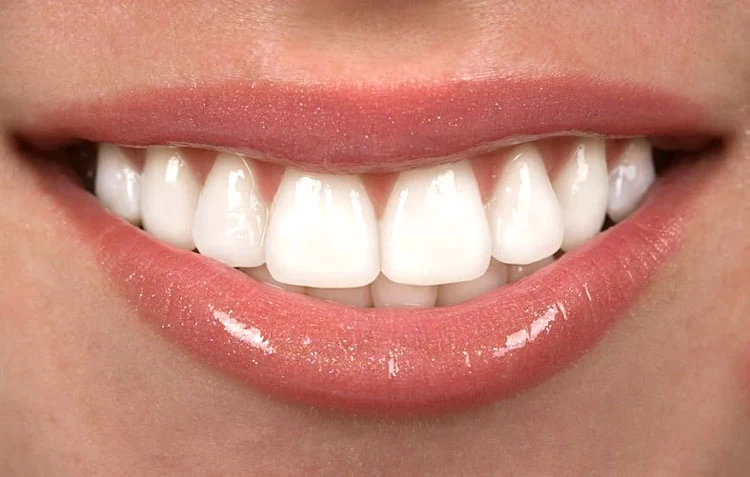Have you ever seen the shiny, straight teeth of celebrities in magazines and TV shows and wondered what they do with their teeth? Those are the results of Hollywood smile. In this operation, the dentist treats the decayed teeth, reduces the gaps between them with orthodontic wires, corrects your bite, and cures the periodontal diseases before placing the veneers on your natural teeth.
A Hollywood smile is a dazzling, celebrity-style smile achieved through cosmetic dentistry. The procedure generally follows detailed steps: an initial consultation to assess dental health and goals, followed by teeth cleaning, whitening treatments, repairing or replacing damaged teeth, orthodontic treatments (sometimes), and the application of custom-made veneers to correct imperfections. Aftercare is crucial for maintaining the results; this includes practicing good oral hygiene, avoiding stain-causing foods and beverages, and scheduling regular dental check-ups. By adhering to these aftercare tips, people can enjoy their stunning new smile for years to come.
Dental veneers are thin, custom-made shells of porcelain or composite resin bonded to the front surfaces of teeth to improve their appearance. Selecting the right veneer color is crucial for a natural-looking result and involves a collaborative process between the patient and dentist. This process typically includes shade-matching using a shade guide, considering the patient's skin tone and existing teeth color, and potentially trying on temporary veneers to visualize the final result before the permanent placement. The goal is to achieve a color that complements the patient's complexion and blends seamlessly with adjacent teeth.
Dental veneers are thin shells bonded to the front surface of teeth to improve their appearance, correcting issues like discoloration, chips, gaps, or minor misalignment. While veneers don't inherently "ruin" teeth, the procedure requires minimal enamel removal, making teeth slightly more vulnerable to sensitivity and potential future damage if proper care isn't maintained. Veneers Pros include dramatically improved aesthetics and a relatively non-invasive process, but cons include potential sensitivity, cost, and the irreversible nature of enamel removal. Risks include chipping, deboning, and gum irritation.
Dental implants are artificial tooth roots surgically placed into the jawbone to provide a stable base for replacement teeth. The healing process involves several stages, including initial osseointegration (bone fusion) which typically takes 2-6 months, followed by abutment placement and crown attachment. A smooth healing process is facilitated by meticulous post-operative care, including proper oral hygiene, a balanced diet, and adherence to the dentist's instructions. While generally successful, potential complications include infection, nerve damage, or gum recession. Recovery time is influenced by factors such as the number of implants and bone grafting.
Peri-implantitis, an infection around a dental implant, is a potential complication following implant surgery, though not exceptionally common. It can be caused by bacterial accumulation due to poor oral hygiene, pre-existing gum disease, inadequate implant placement, or underlying systemic health issues. Symptoms include swelling, pain, bleeding, and loosening of the implant. Diagnosis involves clinical examination, radiographs, and potentially bacterial testing. Treatment ranges from scaling and root planing to surgical intervention and antibiotic therapy, depending on the severity. While some home remedies like using a cold compress and avoiding irritants, may temporarily alleviate symptoms, professional dental care is crucial for effective treatment and prevention of peri-implantitis.
Dental implant placement is a multi-step procedure beginning with a consultation to assess candidacy and determine if bone grafting is needed to ensure sufficient jawbone density. The surgery itself involves precisely placing titanium implants into the jawbone. The procedure's duration varies but typically spans several hours, potentially longer if bone grafting is required. Following a healing period of several months for osseointegration (bone-implant fusion), abutments are attached to the implants, and finally, custom-made crowns are cemented to complete the restoration. Ideal candidates are generally in good overall health, have sufficient jawbone density, and commit to diligent oral hygiene.
When considering top destinations for dental implants abroad, several countries stand out as popular choices for their combination of affordable prices and high-quality care. Mexico, Thailand, Hungary, Turkey, and Iran are among the top countries known for their reputable dental clinics and experienced professionals, making them attractive options for dental tourism.







